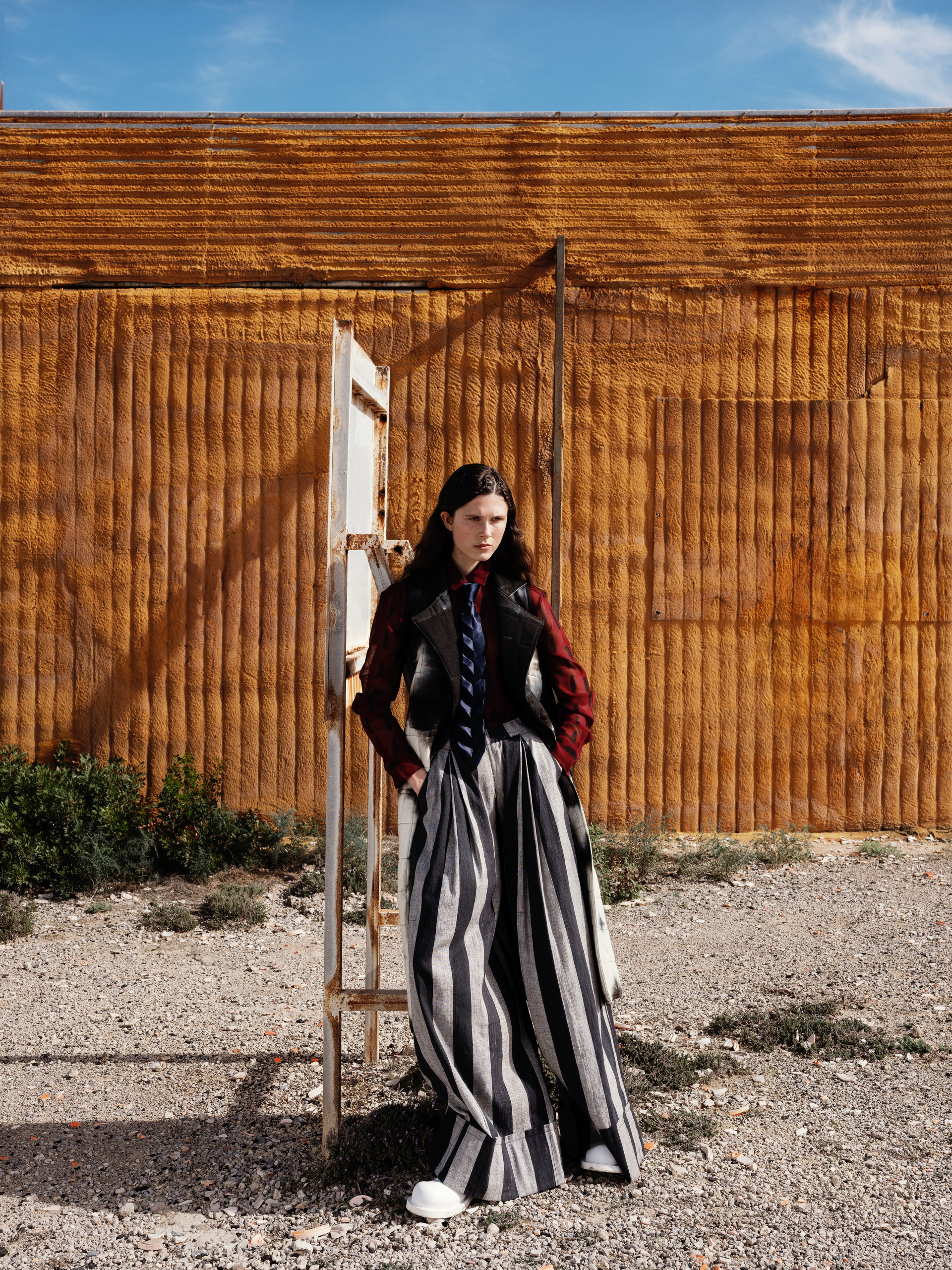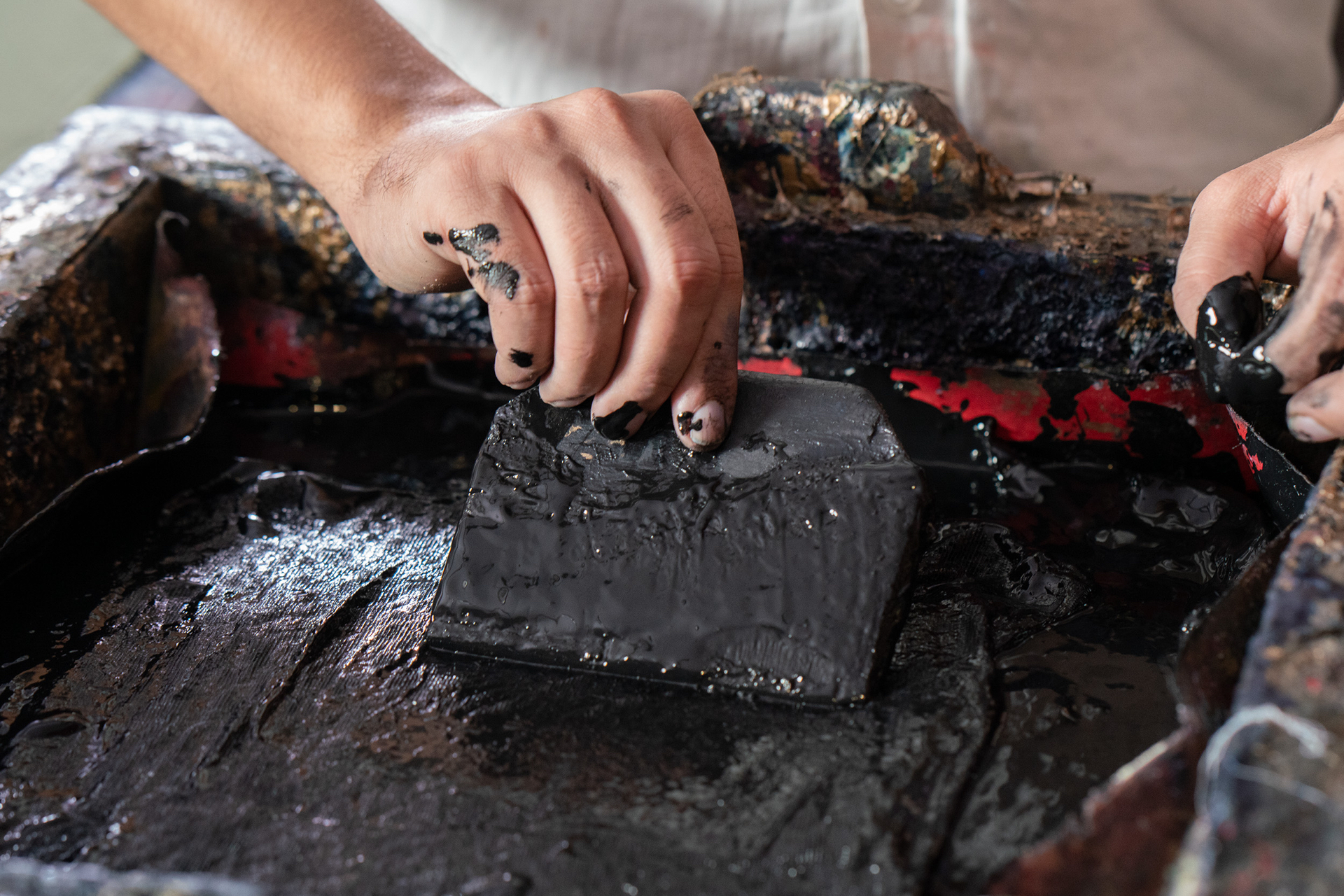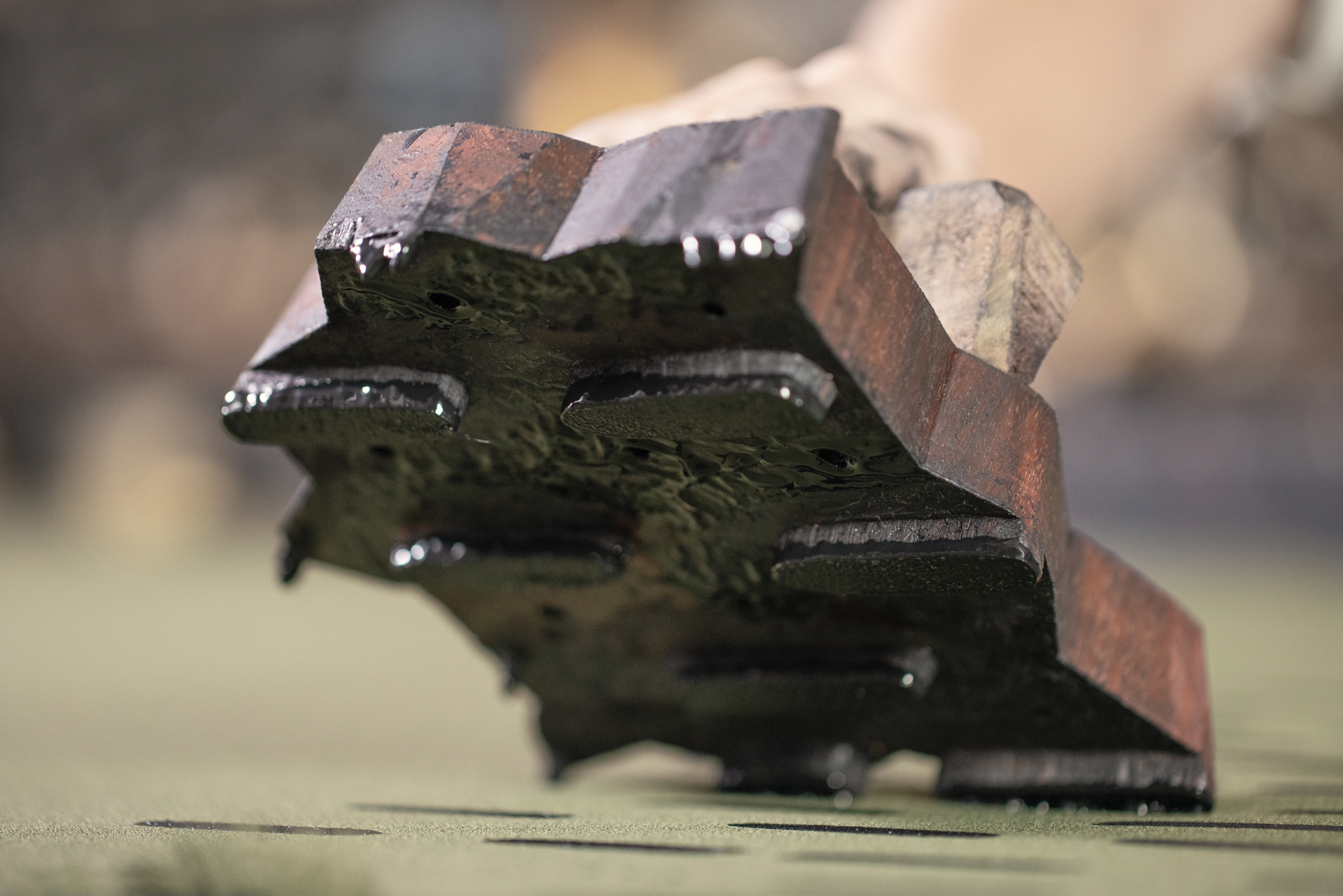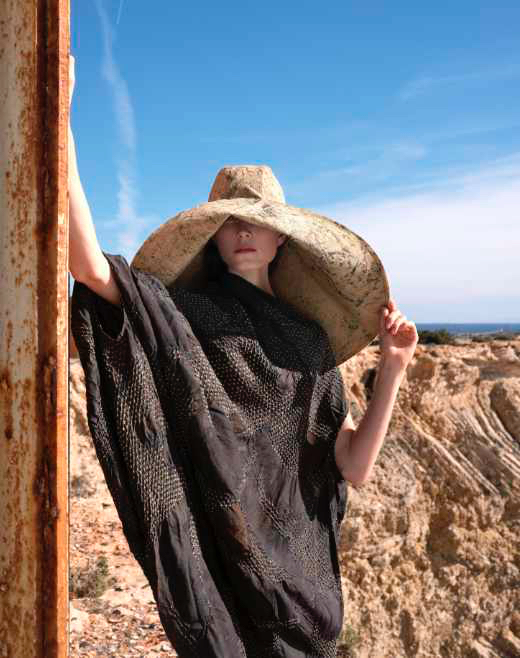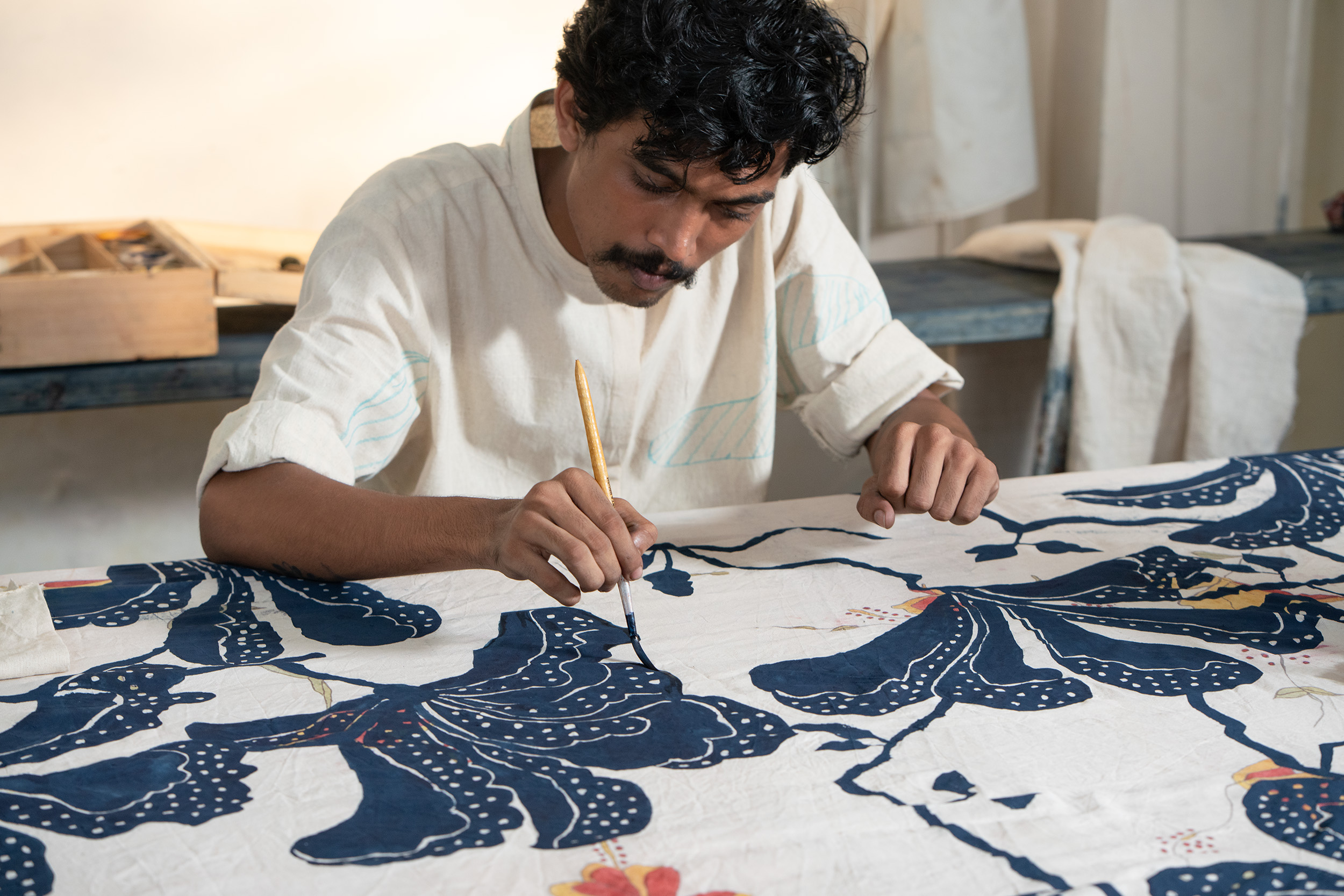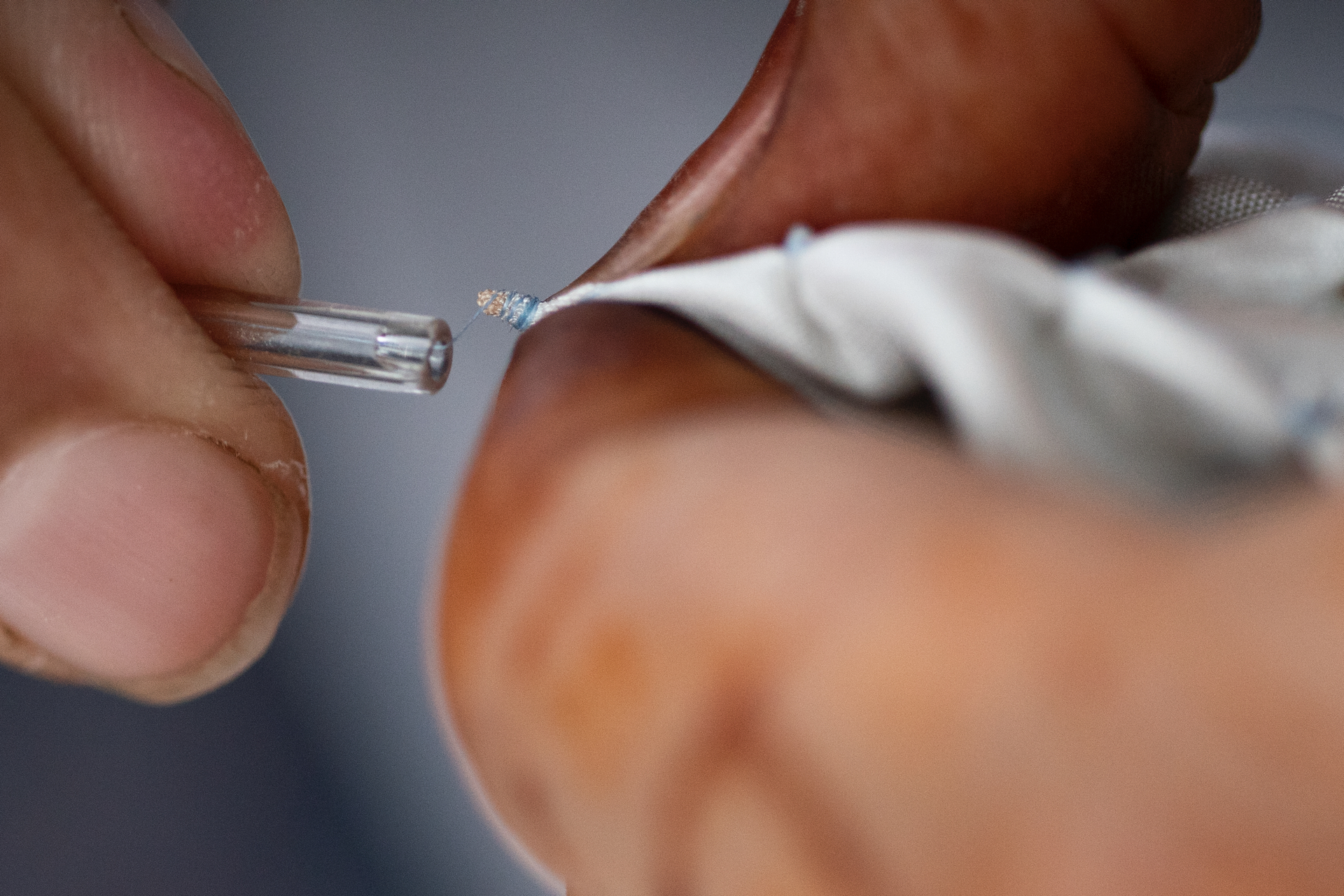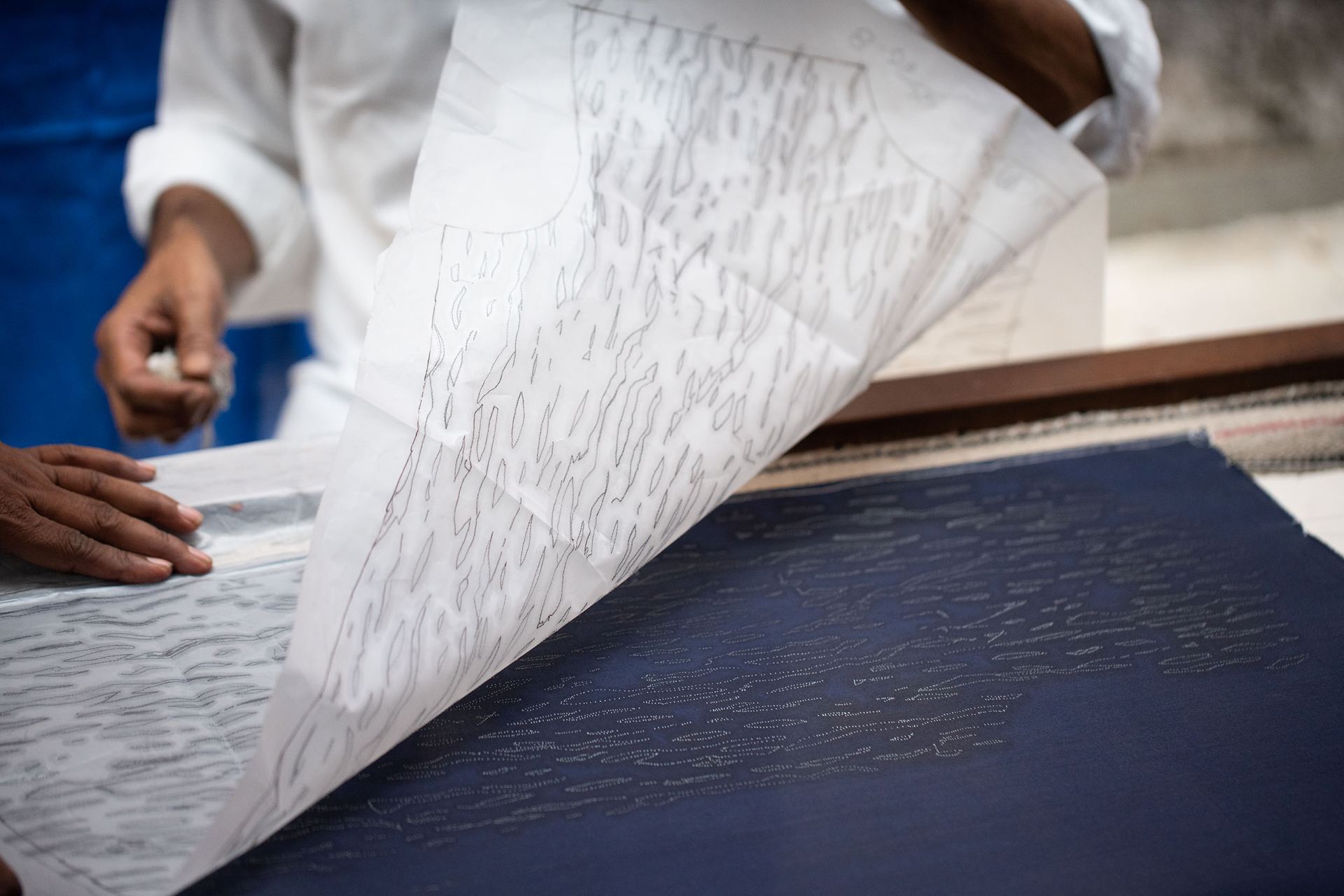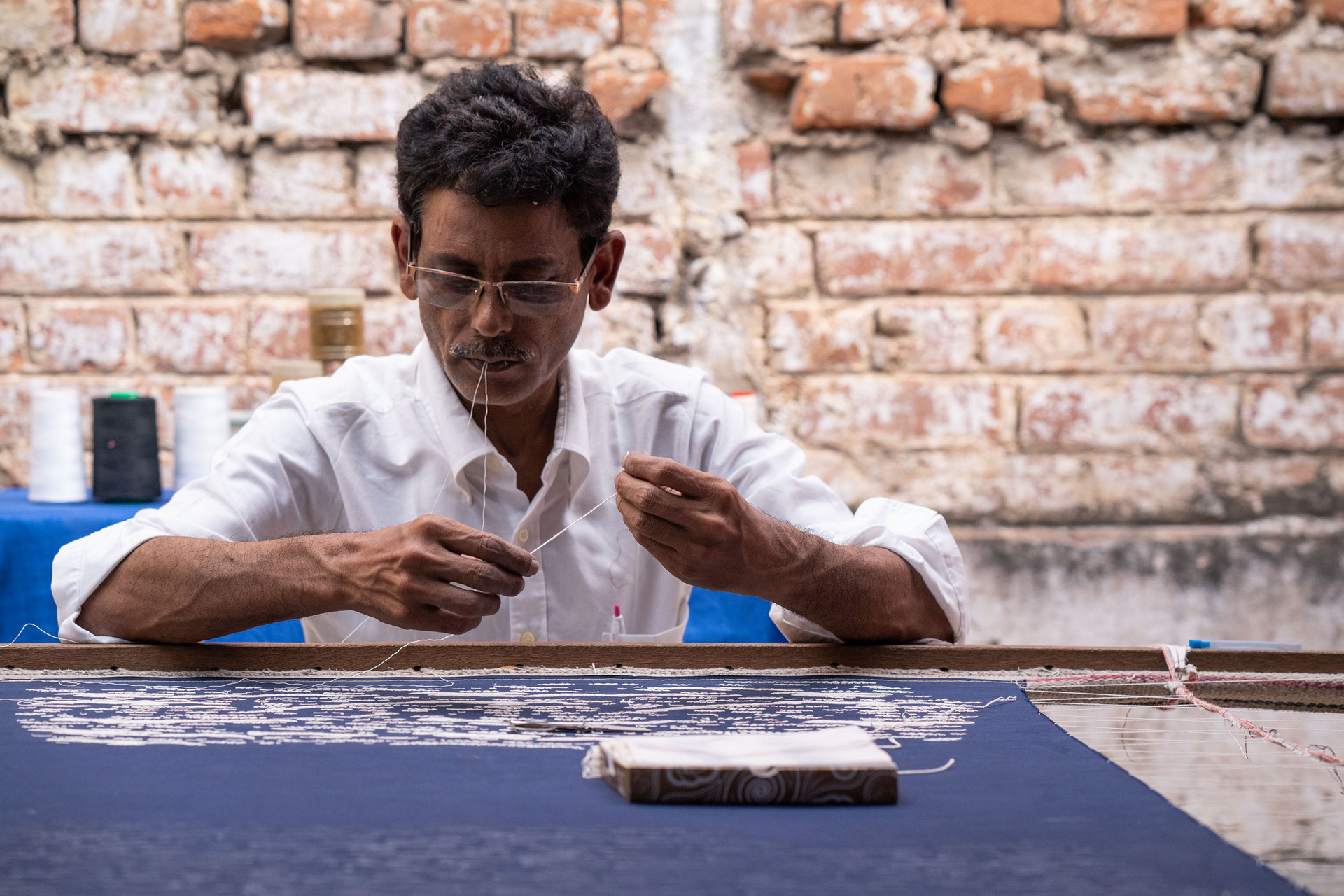Editorial
Hardly anything in our shared human culture is as all-encompassing as fabric. Whether derived from natural or man-made fibres, textiles have defined, shaped and changed the world we live in. Human ingenuity has come into play in the fabrication of cloth not only from natural sources but also in lab-produced fibres. Of course textiles continue to offer warmth, protection and comfort, but they also serve as markers to delineate status and belonging – and to create a sense of identity.
In the accelerating trajectory of twentieth-century fashion, textile handcrafts were increasingly pushed to the margins of fashion. The patient, painstaking and ecologically harmonious methods of crafting by hand were subordinated to the rules of efficiency, speed and pricing. Textile handcrafts – once treasured for their excellence, beauty and cultural significance – became increasingly relegated to the space of “handicrafts” bazaars, a place for tourists to browse them in search of bargain souvenirs from exotic locations.
Fortunately, recent social trends of ethical consumption and the “slow fashion” movement are giving textile handcrafts a chance to recapture the attention of a wider audience. We started the project made/in to build on this awareness. Our goal in documenting the reality of textile handcraft today – without nostalgia or sentimentality – is to outline a vision for the future of crafts in the fashion world. For we feel strongly that crafts have great potential to capture the new as well as the old, integrating tradition and excellence with the demands of our times. The possibilities for aesthetic and technical innovation within handcraft are immensely exciting, and we want to share that excitement – just as we want to stress the potential for increasing the social and economic empowerment of craftspeople while fostering ecological responsibility.
Our project’s initial focus is on products made in India and Germany, but the concerns are strikingly similar in artisanal communities all over the world. Notwithstanding their different conditions, all artisans stand at a critical juncture. Can textile handcraft remain relevant as part of a more thoughtful and sustainable fashion industry? Or will the human creativity and skills needed for textile handcrafts become a relic of the past?
We believe that the answer lies in integrating the wealth of traditional craft knowledge with new technologies and digital innovation. With aesthetic and technical ingenuity and collaborative energy, craftspeople and designers can together breathe new life into textile handcraft and ensure that it has appropriate monetary value. But how can new definitions of value be applied successfully?
On this website, made/in looks at seven different textile handcraft traditions from both Germany and India to document the outstanding skills involved. In some cases, we highlight current collaborations of outstanding designers with German and Indian artisans. In other cases, made/in itself took on the role of designer and commissioned the fabrication of garments to showcase a specific technique. With indigo dyeing, for example, we worked with Berlin-based woodcut artist Matthias Mansen to experiment with the integration of the analogue and the digital. The fabric was dyed and printed by the skilled artisans at Blaudruckerei Jever in Germany’s Friesland district.
We’ve also conducted interviews with designers and artisans in both countries to hear them describe the realities of production, the challenges they face, and their thoughts on the best way for their crafts to move forward. It was very important for made/into give artisans a platform for expressing their views, wishes and hopes in their own voices. All too often, artisans are only represented by others. We see immense value – and potential – in fostering transparent, egalitarian and authentic collaborations between artisans and designers. Such collaborations will be decisive in successfully integrating textile handcrafts into contemporary fashion supply chains – and reimagining both handcraft and fashion as catalysts for empowerment and equality.
Further on, our “craft thinking” section offers food for thought – with a number of essays by practitioners, writers and academics from India and Germany. For our photo shoot, “Just Visiting this Planet”, shown in the "craft projects" section, we paired several Indian fashion designers with their western counterparts: Indian Modernism in dialogue with contemporary European fashion. Last but not least, we have summed up the outcomes of our work in our manifesto outlining six principles for securing a vibrant future for handcraft in fashion.
The made/in project is a call to recognize, preserve and foster textile handcraft as a vital expression of our shared cultural heritage. Textile has always been an essential tool of human self-expression, an approach to identity, culture and life. We strongly believe that handcraft traditions – with their enduring quality, their beauty, and their cultural relevance – have a place in the future of textiles. For handcrafts are anything but stagnant. Throughout human history, they have been open to change and innovation. They can be local and global at the same time – a good prerequisite for a vibrant, long-lasting future. Enjoy the website!
